
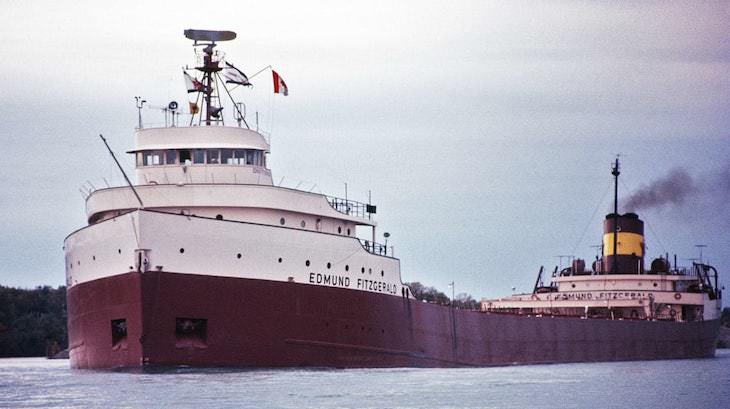
Image Source: Wikimedia Commons
The SS Edmund Fitzgerald spent 17 years plying the Great Lakes before it sank on November 10, 1975. The 729-foot freighter was caught in a violent storm during a journey to deliver iron ore. The 25-foot waves proved to be too much for the SS Edmund Fitzgerald, and it snapped in two, sinking to the bottom of Lake Superior with its 29 person crew.
The exact cause of the tragedy remains unclear. There are a few theories. Some suggest that the ship was overloaded, while others claim it had the bow on top of one wave and the stern on another, which led to the unsupported middle splitting. To this day, the SS Edmund Fitzgerald is the largest ship to sink in Lake Superior.

Image Source: Wikimedia Commons
The sinking of the New Connecticut is related to one very surprising story. In September 1833, a woman named Mary Applebee planned to return home to Buffalo, New York, after visiting her relatives in Ohio. She decided to board the schooner New Connecticut, despite the warning of her nephew, who was a local ship captain. The nephew cautioned her to wait and return home on a new steamer that was almost finished.
While sailing across Lake Erie, New Connecticut was caught in a storm. During the storm, the ship was capsized. The crew managed to abandon the ship, but there was no sign of Mary. Five days later, when the ship was salvaged, Mary shocked the sailors when she walked up the stairs onto the deck. Her appearance was so unexpected some of the rescuers started to scream in fright.
Mary explained that she was trapped below deck when the vessel rolled on the side. She spent nearly a week in waist-deep water and nothing but a wet cracker and an onion to sustain her. Mary and the damaged ship were both brought back ashore to safety.
Related: The 10 Most Valuable Shipwrecks Ever Discovered

When the Western Reserve was first launched in 1890, it was the first major steel freighter built to be used on the Lakes. The builders thought that its construction would put an end to disasters caused by hull failure. Sadly, the ship suddenly cracked in half on a fateful voyage across Lake Superior in August of 1892. The 22 people on board, including the captain's wife and children, barely managed to escape into two lifeboats before the Western Reserve sank.
Shortly thereafter, one of the lifeboats turned over. Only two of its five occupants made it to the second lifeboat. The crew rowed for hours until the lifeboat was toppled over by a rogue wave only one mile away from land. Out of the 19 people that were on it, only one survivor, Harry W. Stewart, made it to the beach. Despite the harsh criticism of the ship’s builders and a prolonged investigation, no flaws were found in the construction of the Western Reserve.
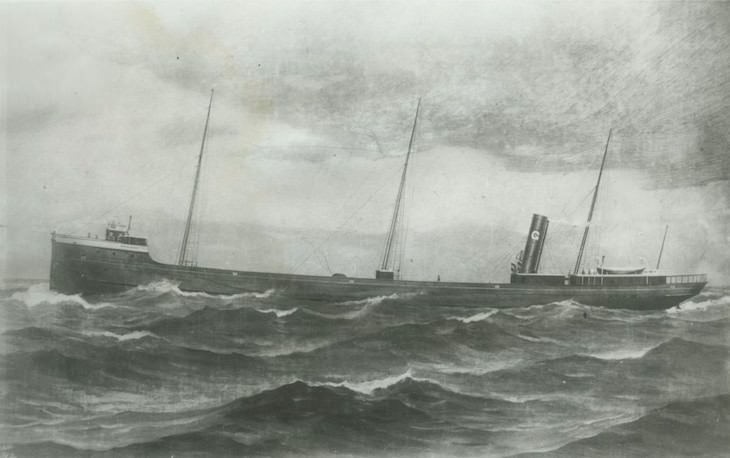
The SS W.H Glicher mysteriously disappeared only two months after the loss of her sister ship, the Western Reserve. On October 28, 1892, the W.H. Glicher sailed past Mackinaw, Michigan, and was never seen again. Days later, the bodies of two crewmen in life preservers were found on South Fox Island.
The ship itself has never been found, and the cause of its sinking remains unclear. A few ships around the islands claimed they had seen it, but no one could say for sure in the poor weather and darkness of the night.
Related: 5 Famous Shipwrecks and Their Unbelievable Stories
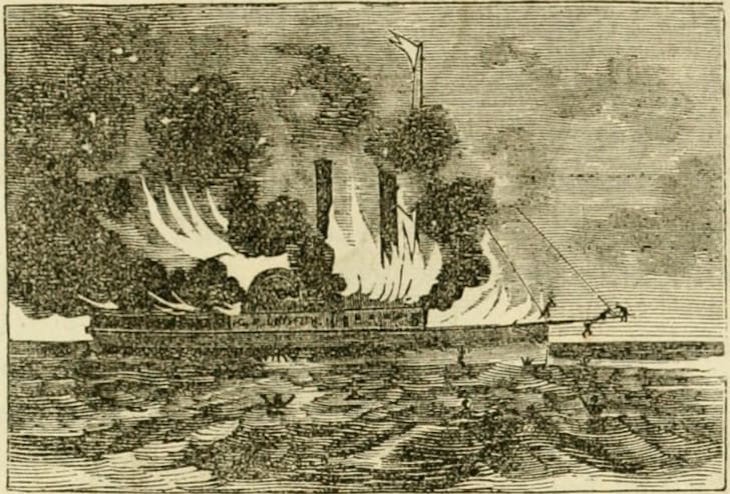
Most of the 326 passengers who boarded the steamer G.P. Griffith at Buffalo, New York, on June 17, 1850, were immigrants from England, Germany, Ireland, and Scandinavia. The ship was on her way to Chicago, but at 3 AM, a fire broke out. The crew sounded the fire alarm and turned the boat toward the shore, which was about 3 miles away.
Only half a mile from the safety of the shore, the ship grounded on a sandbar. The fire spread quickly, and the panicked passengers began jumping overboard in an attempt to reach the beach. According to reports from the Buffalo Republic, the captain threw his mother-in-law, wife, and child into the water, jumped in, and then disappeared under the waves with them. Only around 30 people were able to swim to shore. It remains one of the deadliest Great Lakes shipping disasters.
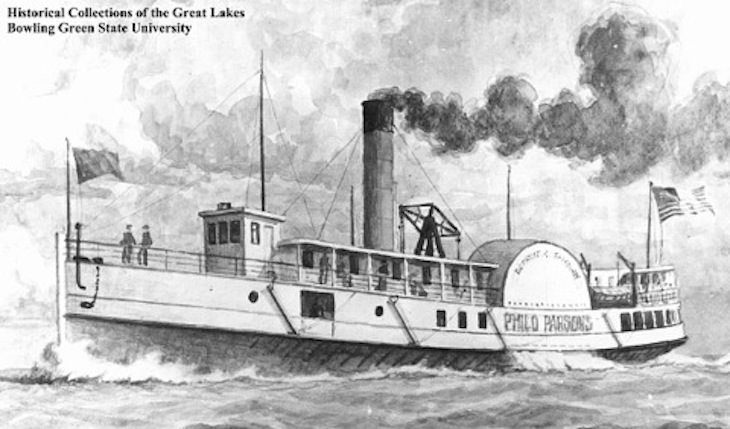
The story of the Island Queen began on Johnson Island near Sandusky, Ohio, which was used to house Confederate prisoners of war during the Civil War. In September 1864, a group of Confederates, led by the Confederate spy Major C. H. Cole, hijacked two passengers steamers - Philo Parsons and the Island Queen. Their plan was to capture SS Michigan, which was guarding the prison island.
Major Cole had no problem getting inside the Michigan, as he was known as a wealthy merchant. He was invited aboard as soon as he arrived. His plan was to drug the wine the officers would have at dinner. However, the plot was discovered, and the Confederates had to flee. They were spotted by the Union forces as they were trying to abandon the Island Queen and gather on the Philo Parsons. They were within sight of land when the Union forces sank their ship.
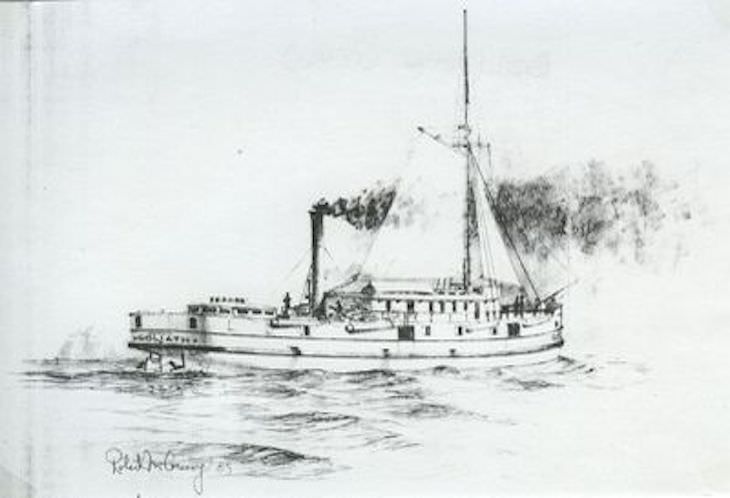
When the Goliath made its final journey from Detroit to Lake superior in September 1848, it was carrying a flammable cargo of lumber and hay, as well as about 180 kegs of blasting powder. Considering this, it’s hardly surprising that a fire broke out near Saginaw Bay, Michigan. The fire was likely caused by sparks from the smokestack.
The crew did their best to extinguish the fire, but the fire reached the hold containing the powder kegs about five miles from shore. The massive explosion that ensued was seen and felt for miles. The only survivor of the Goliath was the ship’s cook, who had fled on a small boat just before the powder exploded.
Share this article with those who love history!